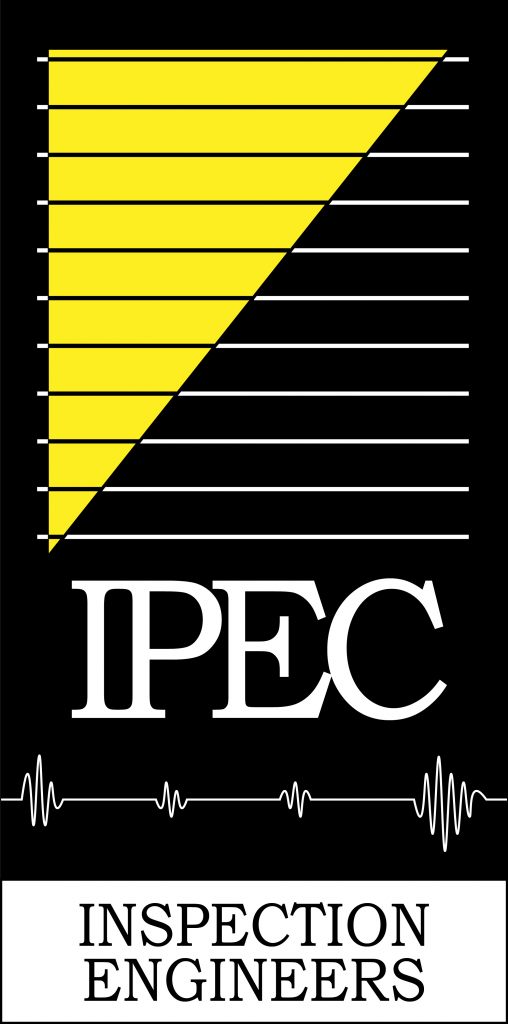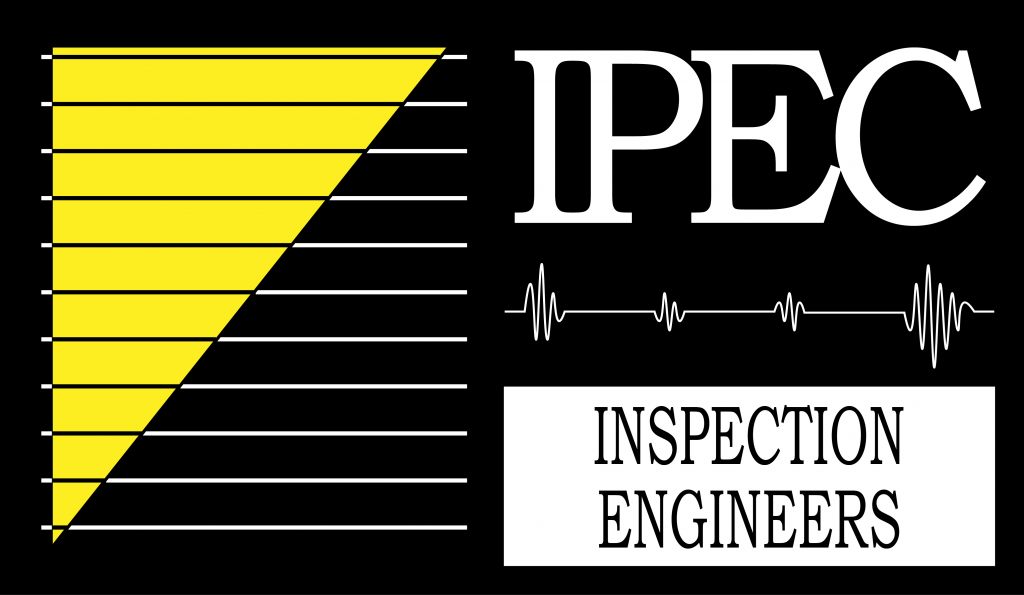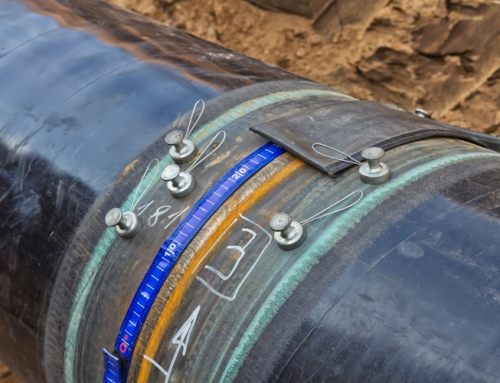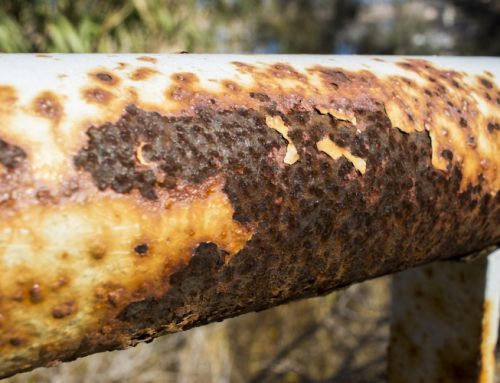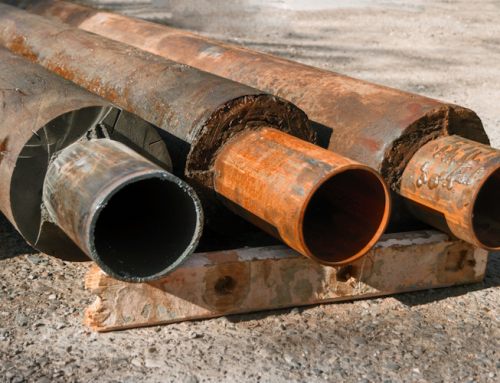Positive Material Identification (PMI) is a process of analyzing and identifying the composition of metallic materials used in various industries such as manufacturing, construction, and maintenance. The purpose of PMI is to ensure that the material used in a particular application meets the required specifications and standards.
PMI is typically conducted using non-destructive testing techniques such as X-ray fluorescence (XRF), optical emission spectroscopy (OES), and mass spectrometry. These techniques use various methods to identify the elemental composition of a material, which can then be compared to a known specification or standard.
PMI can be used to confirm that the chemical composition of the metallic parts have the correct percentage of key elements, thus ensuring that the material properties meet the purchase requirements and that such materials are properly analysed and identified to indicate the alloy. This practice of material identification is not usually required of materials already in service, however on some occasions it can be very useful. Overall, PMI is a critical process for ensuring the safety and reliability of products and equipment in a wide range of industries.
The material testing can be performed on-site or on in-service process equipment and piping systems. PMI can be utilized on a variety of different part sizes, from large complex parts to small intricate items such as small fasteners.
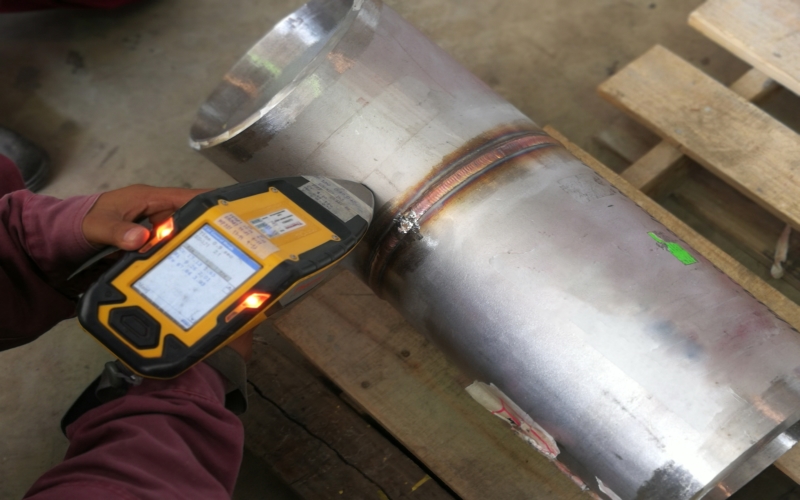
{Example of XRF carried out on a 316L SS Pipe Spool}
X-Ray Fluorescence (XRF)
XRF is a non-destructive analytical technique used to determine the elemental composition of a material. The method is based on the interaction between the sample and high-energy X-rays generated by an X-ray tube. When the X-rays hit the sample, they cause the ejection of electrons from the inner shells of the atoms in the material. This creates vacancies in the electron shells, which are then filled by outer shell electrons, releasing X-rays with a characteristic energy signature that is specific to each element.
The X-rays emitted by the sample are detected and analyzed to determine the elemental composition of the material. The energy and intensity of the X-rays are used to identify the elements present and to quantify their concentrations. XRF is commonly used in a variety of fields, including mining, environmental science, archaeology, and material science. It is particularly useful for analyzing metals, alloys, and geological samples.
One of the advantages of XRF is that it is a non-destructive technique, meaning that the sample is not damaged or altered during analysis. This makes it useful for analyzing historical or valuable objects that cannot be destroyed for analysis. Additionally, XRF is a relatively fast and straightforward technique, with results available in a matter of minutes, making it a useful tool for quality control and process monitoring in industrial applications.
Optical Emission Spectroscopy (OES)
OES is a technique used to analyze the elemental composition of a material based on the characteristic light emitted by excited atoms or ions. When a material is excited by an external energy source, such as a spark or plasma, the atoms or ions in the material absorb energy and transition to higher energy levels. As the excited atoms or ions return to their ground state, they emit light with characteristic wavelengths and intensities that are specific to each element.
OES works by collecting the emitted light from the excited atoms or ions and analyzing the wavelengths and intensities of the spectral lines produced. These spectral lines are then used to identify and quantify the elemental composition of the material. OES is commonly used in the analysis of metals and alloys, where it can provide information on the elemental composition and impurity levels of the material. It is also used in the analysis of environmental and biological samples.
One advantage of OES is its ability to provide rapid and accurate analysis of multiple elements simultaneously. OES instruments are capable of analyzing multiple elements in a single measurement, making it a valuable tool for quality control and process monitoring in industrial applications. OES is also a non-destructive technique, meaning that the sample is not damaged or altered during analysis.
Mass Spectrometry (MS)
MS is an analytical technique used to identify the chemical composition of a substance based on the mass-to-charge ratio of its constituent molecules or ions. In MS, a sample is ionized, usually by electron ionization or electrospray ionization, and then passed through a mass spectrometer. The mass spectrometer separates the ions based on their mass-to-charge ratio, and detects them to produce a mass spectrum.
The mass spectrum is a plot of the relative abundance of ions with different mass-to-charge ratios, and is used to identify the chemical composition of the sample. The mass-to-charge ratio is determined by measuring the deflection of the ion beam in a magnetic field or by time-of-flight analysis.
MS is used in a wide range of applications, including environmental monitoring, forensic analysis, drug discovery, and proteomics research. It is particularly useful for analyzing small molecules, such as metabolites or drug compounds, and for identifying and quantifying trace amounts of compounds in complex mixtures.
One advantage of MS is its high sensitivity and specificity, allowing for the detection of trace amounts of compounds with high accuracy. MS can also provide information on the structure of the molecules present in the sample, making it a powerful tool for identifying unknown compounds. However, MS can be a complex and expensive technique, and requires specialized instrumentation and expertise for operation and data analysis.
Recommended Practise
The American Petroleum Institute recommended practice, API RP 578 – “Material Verification Program for New and Existing Alloy Piping Systems”, provides the guidelines for a quality assurance system to verify the alloy components.
Another widely used PMI guide is ASTM E1476 is a Standard Guide for Metals Identification, Grade Verification, and Sorting. Both of these documents cover the use of the handheld XRF and other applicable techniques.
Use Cases
- Ensuring that products and components have been manufactured using the correct alloy
- Finding potentially incorrect alloys
- Ensuring material conforms to the correct standard and specification
- Ensuring welded components have used the correct filler material
- Failure Analysis PMI
Author: James Murphy, Operations Manger of IPEC Inspection Ltd.
